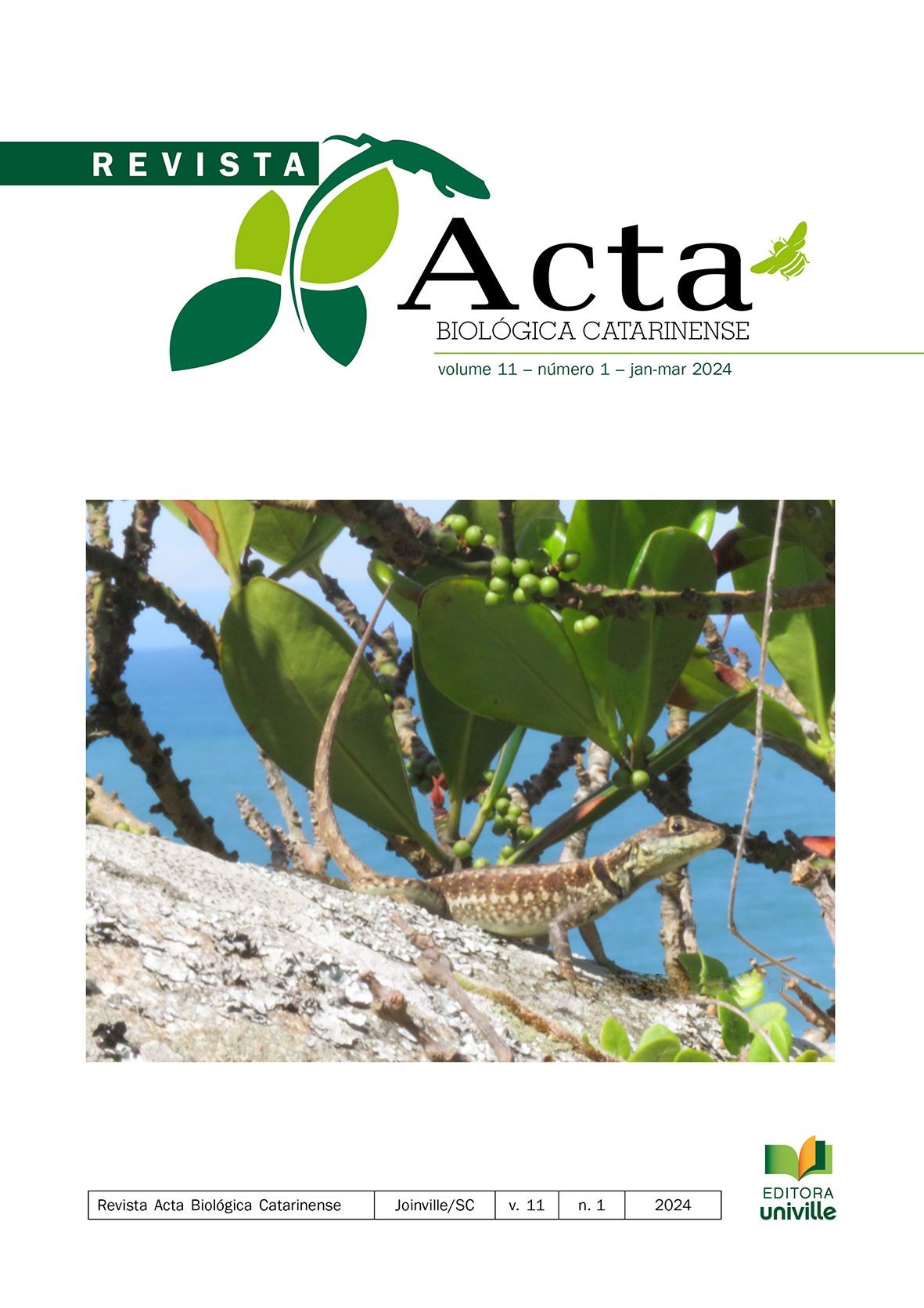Palynological characterization of Crassulaceae J.St.-Hil.
Resumo
Succulent plants are important from an ornamental and economic point of view and there is a scarcity of palynological studies, which is reflected in the uncertain taxonomy of this group. Thus, the present work aimed to study nine species of Crassulaceae: Echeveria chroma (hybrid bred by Renee O’Connell), Echeveria pallida E. Walther, Echeveria pulidonis E. Walther, Graptopetalum macdougallii Alexander, Kalanchoe humilis Britten, Sedum clavatum R.T. Clausen, Sedum mexicanum Britton, Sedum mocinianum Perez-Calix. e Sedum treleasei. Rose. The closed buds of succulents were preserved in acetic acid. The acetolysis was performed and microscopy slides were mounted, where 50 pollen grains of each species were photographed, being measured each view (polar and equatorial) in light microscopy, in micrometers (µm). Details were observed using SEM. The description of the grains showed a pattern of morphological characteristics in common: isopolar symmetry; grains in monads; small to medium size, regularly spheroidal shape, tricolporated, operculated opening and morphological characteristics that indicate a process of harmomegathy.


